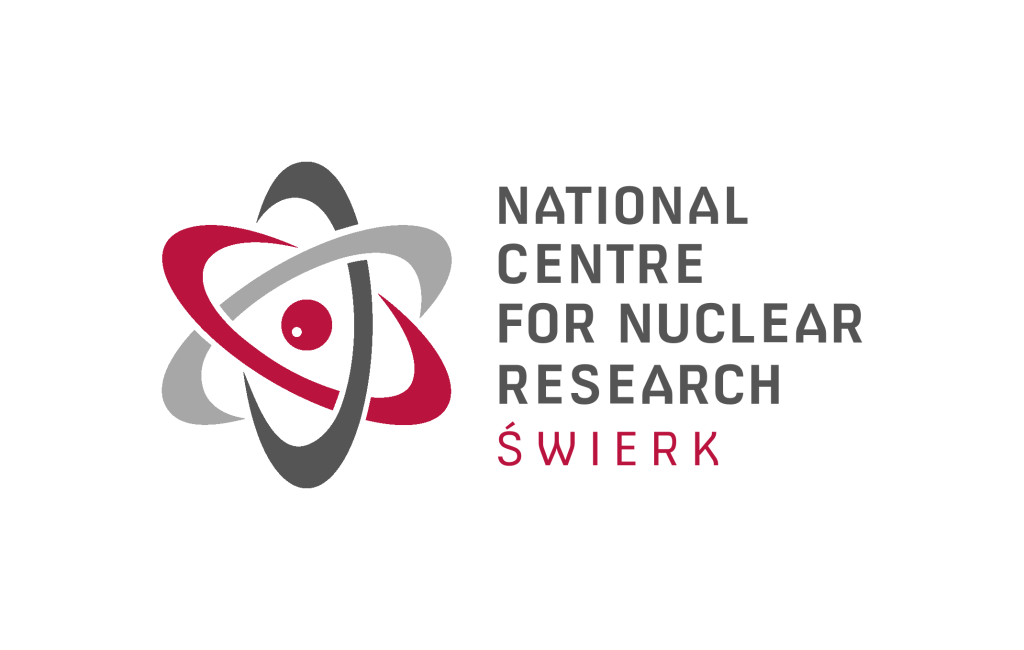Ph.D. associate professor WOJCIECH WĘGRZYŃSKI Eng., ITB PROF.
INSTYTUT TECHNIKI BUDOWLANEJ (AUTHOR OF THE SUBSTANTIVE PROBLEM) |
PH. D. PAULINA JAMIŃSKA-GADOMSKA Eng., NATIONAL CENTRE FOR NUCLEAR RESEARCH (CO-AUTHOR, DESIGNER, AND IMPLEMENTER OF CFD ANALYSIS)
Ph.D. associate professor WOJCIECH WĘGRZYŃSKI Eng., ITB PROF.
INSTYTUT TECHNIKI BUDOWLANEJ (AUTHOR OF THE SUBSTANTIVE PROBLEM) |
PH. D. PAULINA JAMIŃSKA-GADOMSKA Eng., NATIONAL CENTRE FOR NUCLEAR RESEARCH (CO-AUTHOR, DESIGNER, AND IMPLEMENTER OF CFD ANALYSIS)
Performance tests of the CIŚ supercomputer in fire safety simulations
PROJECT OBJECTIVE
Challenge
The analysis of wind-fire events requires considering the simultaneous interaction of wind and the variable development of the fire over time. To obtain statistically valid results, it is necessary to perform dozens of simulations considering different wind directions and speeds. This, in turn, requires significant computational resources and scalable computational fluid dynamics (CFD) models. As part of the tests, actions were planned and carried out to determine the optimal size of the computing unit for CFD simulations of wind and smoke flow in the garage model. These actions allowed for the optimal selection of the number of scenarios, numerical grid size, and the method of simulating thermal radiation.
Project objective
The project aimed to explore the possibility of using the CIŚ supercomputer to reduce computation time and increase accuracy in wind-fire event simulations.
TASKS FOR THE SUPERCOMPUTER
01.
The execution time of individual simulations on the ITB infrastructure takes up to about six hours using 128 CPU cores. Several dozen to several hundred simulations need to be performed in the analytical process. A solution was sought to accelerate this process. With limited ITB hardware resources, it is not possible to determine the technical or economic limits of the potential acceleration for a typical research problem.
02.
Simulations of two scenarios:
A – a multilevel garage in an open flat space (with dimensions of 2×2 km and a height of 300 m)
B – a garage located in an urban topography.
Conducted studies:
– Running simulation variant A on a number of cores similar to the client’s own configuration (128 cores),
– Running variant A as a scalability test on 120, 240, 480, 960, and 1000 physical cores,
– Studying the impact of simulation mesh generation (mesh sensitivity study) for variant A – simulations for 3 meshes of different densities,
– Running simulation variant B on a number of cores similar to the client’s own infrastructure configuration (128 cores).
BENEFITS OF COOPERATION WITH NCBJ
Significant acceleration of calculations Previously, tasks were executed on a 128-core machine at ITB, and solving such a task took 5 hours and 44 minutes. Thanks to the Proof-of-Concept (PoC) implementation, a significant almost 4-fold acceleration was achieved using 480 cores of the CIŚ infrastructure.
Acquisition of new knowledge The client familiarised themselves with IT infrastucture of the National Centre for Nuclear Research (NCBJ) and best practices for numerical calculations using the CIŚ supercomputer, including handling calculations using the SLURM queue system. The client learnt the basics of using the ANSYS EnSight results processing programme (which they possessed but had not known before).
Economic benefits The obtained results in terms of computation time are cost competitive compared to performing work on one’s own IT infrastructure, while significantly reducing the duration of a single task.
4 x
FASTER SIMULATION
> 20%
SHORTER COMPUTATION TIME

EFFECTS
The proof-of-concept allowed the client to assess the value of using an external computing centre in their specific reference computational case. The client understood the benefits in terms of time, cost and the scope of advisory support. They also gained complete autonomy in using the HPC cluster for their own needs, making it easier to decide on its future use.
The need to predict the development of a fire threat requires a multivariant approach, where weather combined with area topography represents a significant computational effort. The use of large HPC infrastructure, such as that offered by NCBJ/CIŚ, makes such an analysis realistic from a business perspective. It provides an opportunity for market implementation.

RECOMMENDATION

“A very important aspect of cooperation was constant technical support with the possibility of adapting to our new questions and requirements. The fundamental aspect of the facilitation of the work was providing us with knowledge of how to perform calculations using the SLURM queue system. The technical support from the NCBJ was practically excellent, and the access to resources was virtually trouble-free.
Access to the graphics station also allowed for making necessary corrections on the fly, without the need to make them on our own station and recopy them to the computing server. We also had the opportunity to use the ANSYS EnSight programmeme, along with information on how to best utilise it for processing obtained data. Unfortunately, there were instances of programme hang-ups during work on the graphics station.
A somewhat beyond-the-POC plan is scalability research using graphics cards. During the PoC implementation, we learnt about potential related possibilities, and we would certainly like to return someday and test whether this solution can speed up our calculations.”
Ph.D. associate professor WOJCIECH WĘGRZYŃSKI Eng., ITB PROF.
INSTYTUT TECHNIKI BUDOWLANEJ
PH. D. PAULINA JAMIŃSKA-GADOMSKA Eng.
NATIONAL CENTRE FOR NUCLEAR RESEARCH











